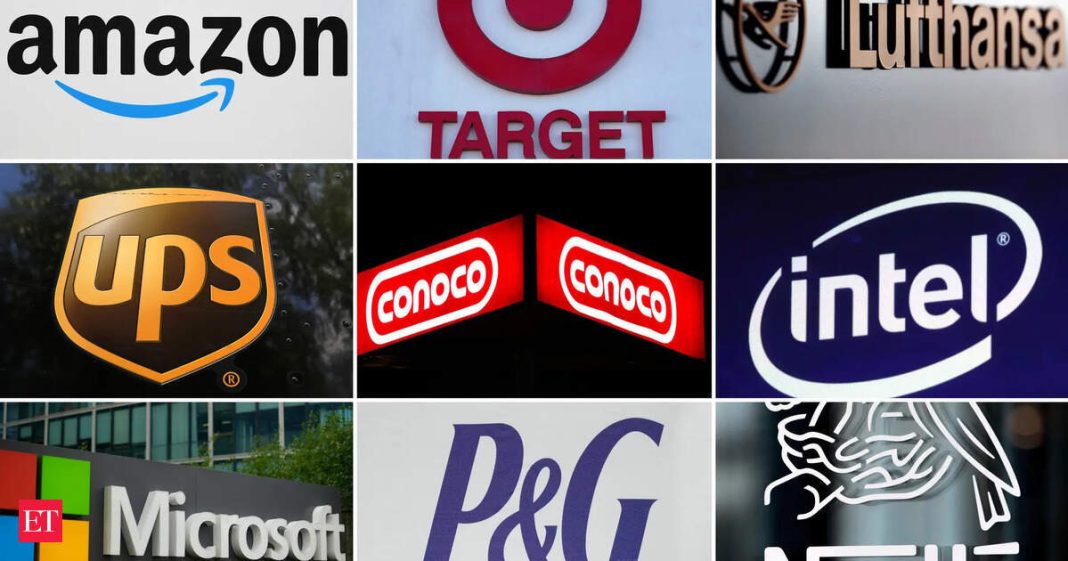Key Takeaways
- Major layoffs at Amazon, UPS, and Target are driven by restructuring and overexpansion, not AI replacement.
- Executives and economists confirm AI’s current role is productivity enhancement, not mass job elimination.
- US labor market shows cooling signs with tech job postings down 36% from pre-pandemic levels.
Thousands of workers at Amazon, UPS, and Target face job cuts amid economic uncertainty. Contrary to popular speculation, executives and experts confirm artificial intelligence is not the primary driver behind these workforce reductions.
Why Major Companies Are Cutting Jobs
Amazon announced approximately 14,000 corporate role eliminations, sparking concerns about AI replacing human workers. CEO Andy Jassy directly addressed these concerns, stating the move “was not really financially driven, and it’s not even really AI driven, not right now, at least.”
Jassy attributed the cuts to company culture and rapid overexpansion. “If you grow as fast as we did for several years, the size of businesses, the number of people, the number of locations, the types of businesses you’re in, you end up with a lot more people than what you had before, and you end up with a lot more layers,” he explained.
Economic Perspective on Layoffs
Economists support the view that these cuts reflect corporate correction rather than AI displacement. Timothy DeStefano, economics professor at Georgetown University, noted: “If we take a look at Amazon, we know they hired very aggressively between 2017 and 2022, adding tons of workers during the pandemic, so I’m not surprised that there’s been a correction there. I personally don’t think there’s any connection between these layoffs and AI.”
AI’s Actual Impact on Employment
Despite significant AI investment, evidence of mass job displacement remains limited. A Goldman Sachs survey of over 100 bankers revealed “only 11% of US companies are actively reducing headcount due to AI.”
The firm’s economists stated: “These results support our longstanding view that AI will mostly be a productivity- and revenue-enhancing technology,” adding that employment impact remains “limited outside of a few specific sectors like tech.”
Some companies including Chegg and Salesforce have acknowledged AI-driven efficiency improvements contributing to workforce reductions.
Widespread Corporate Restructuring
The layoff wave extends beyond Amazon. Key reductions include:
- UPS: 34,000 operational jobs and 14,000 management roles cut
- Target: 1,800 corporate positions eliminated
- Paramount Skydance: Approximately 1,000 positions slashed with more expected
- Meta: Job cuts within its AI unit despite AI leadership
- Rivian: Electric vehicle maker implementing workforce reductions
Labor Market Implications
The US job market shows clear cooling signs. Indeed reports tech and mathematics job postings have dropped 36% below pre-pandemic levels after peaking in 2022.
Matthew Bidwell, Wharton School management professor, told Yahoo Finance: “I think layoffs are a bad thing, and they’re particularly bad for the people involved. But they’re also part of the capitalist process of creative destruction.”
He added that while “there are early signs that AI may be starting to affect the labor market,” these recent layoffs “are not where we’re seeing it so far.”
The current corporate downsizing reflects familiar economic patterns—correction after overexpansion, cost-cutting measures, and ongoing restructuring cycles rather than technological displacement.




